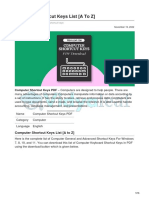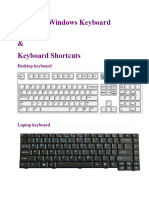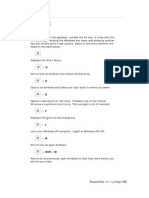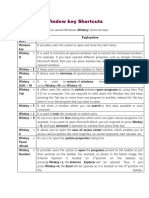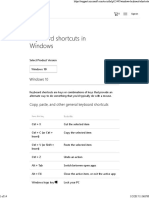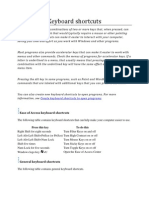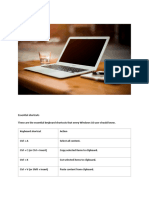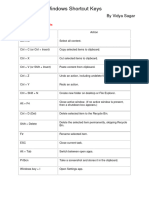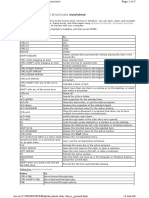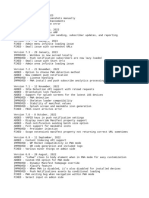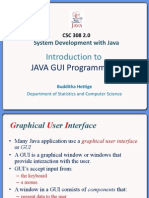0% found this document useful (0 votes)
49 views19 pagesModule 6 KDPP
The document provides instructions for keyboarding, specifically focusing on the bottom row keys of a QWERTY keyboard and their usage. It also lists various Windows keyboard shortcuts that enhance productivity, including commands for managing applications and navigating the operating system. Additionally, it emphasizes the importance of touch typing skills for effective document processing.
Uploaded by
lxsrmntoCopyright
© © All Rights Reserved
We take content rights seriously. If you suspect this is your content, claim it here.
Available Formats
Download as PDF, TXT or read online on Scribd
0% found this document useful (0 votes)
49 views19 pagesModule 6 KDPP
The document provides instructions for keyboarding, specifically focusing on the bottom row keys of a QWERTY keyboard and their usage. It also lists various Windows keyboard shortcuts that enhance productivity, including commands for managing applications and navigating the operating system. Additionally, it emphasizes the importance of touch typing skills for effective document processing.
Uploaded by
lxsrmntoCopyright
© © All Rights Reserved
We take content rights seriously. If you suspect this is your content, claim it here.
Available Formats
Download as PDF, TXT or read online on Scribd
/ 19

